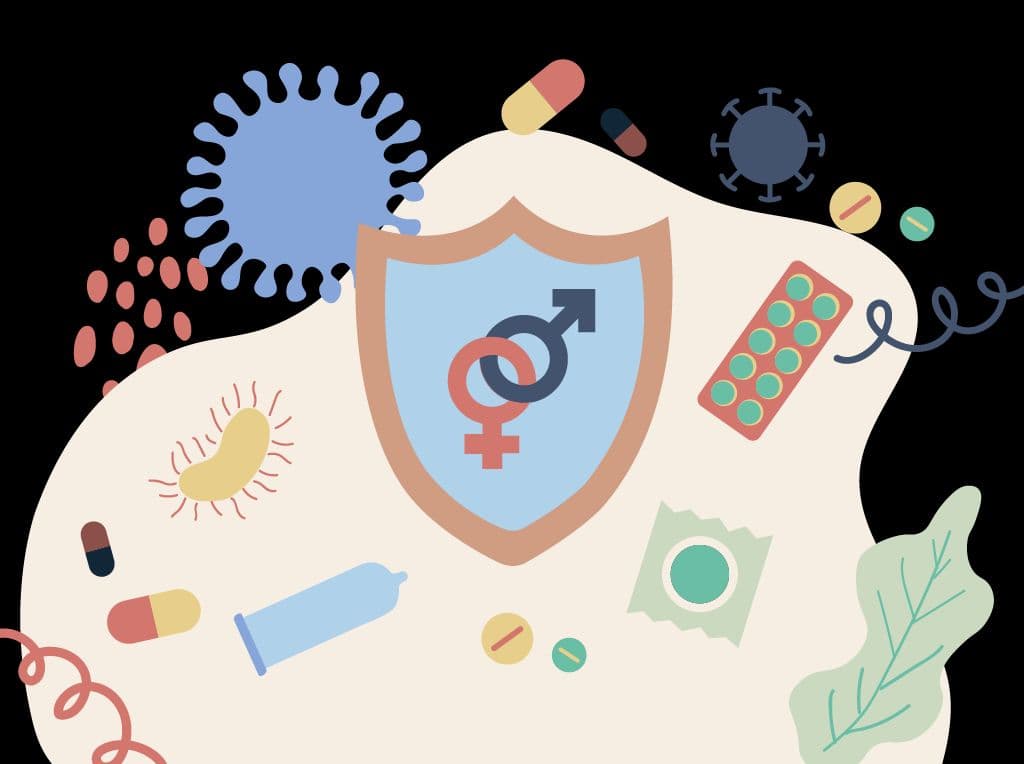Conversations around female sexuality tend to often not get the attention they deserve. Patriarchal societies render the function of sex for a woman to be solely for the process of reproduction, while men have sex for pleasure. This may be the reason, then, that the anatomical epicentre of female pleasure is overlooked: the clitoris.
So what’s the clitoris? The clitoris is a small mass of erectile tissue located at the anterior apex of the vulva. Only one-fifths of the entire clitoris is visible, known as the glans clitoris, which is covered by a flap of skin known as the clitoral hood. The hood performs the function of protecting the clitoris from any external friction or stimulation. The clitoris is one of the most innervated organs in the body, with over 8000 nerve endings present and receiving a rich blood supply. It is commonly believed that the sole purpose of the clitoris is for pleasure. While mainstream pornographic material depicts women orgasming from penetration alone, this is often not the case. External stimulation of the clitoris can help improve the strength of your orgasm, due to its highly sensitive nature.
The internal or hidden portion of the clitoris consists of two crura and two vestibular bulbs. The crura extends laterally from the body of the clitoris, while the two bulbs are placed between the body, crura and the urethra. The clitoris can be stimulated internally or externally, through direct stimulation of the glans clitoris or internal stimulation through the vagina. The fabled “G-spot” present in the vagina is thought to be stimulated where the vestibular bulbs of the clitoris make contact with the anterior wall of the vagina. Thus, a “vaginal” orgasm may also be the product of clitoral stimulation only.

During sexual arousal, the erectile tissue present in the clitoris swells to about three times its original size, alongside lubrication produced by the Bartholin and Skene glands. The clitoral hood also produces a lubricant called sebum, which helps the gland slide easily over the clitoris. Due its high level of sensitivity, clitoral stimulation is considered essential to achieving orgasm, although this differs from individual to individual. Learning and exploring the clitoris can improve both partnered and solo play, as each body is unique and responds differently to stimulation.
There is a lack of adequate medical research into the clitoris, and its role in sexual health beyond pleasure. The clitoris is a delicate organ, and prone to infection, inflammation or diseases (pain in the clitoris is known as clitorodynia). Being well informed on your clitoris and its function is essential to breaking the stigma surrounding this organ. It’s not just a tiny nub - and deserves greater attention to prioritise pleasure!
Disclaimer: This information is educational and should not be construed as medical advice. Please consult your doctor before making any dietary changes or adding supplements.
Proactive For Her is a digital clinic for women, offering accessible, personalised, and confidential healthcare solutions. We offer out-patient care, diagnostic services and programs for various health concerns of Indian women, across their lifetime - from puberty to pregnancy to menopause.

